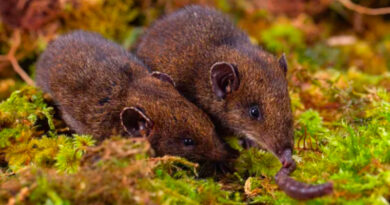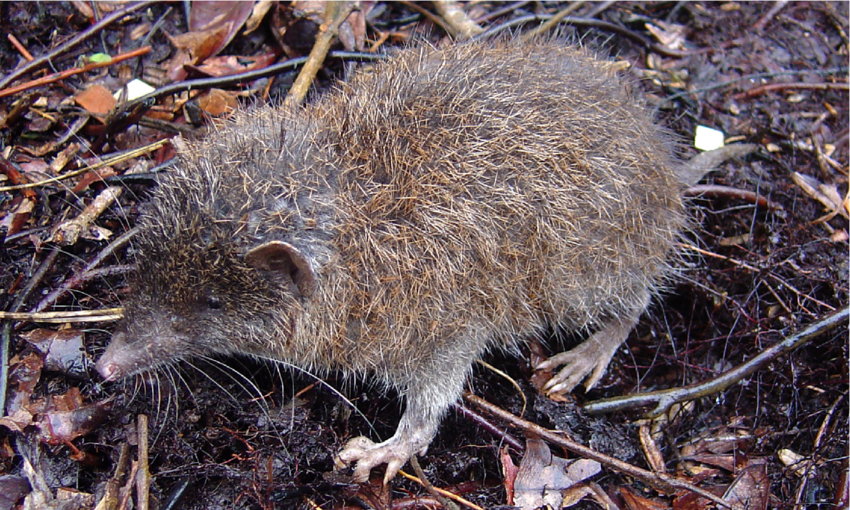Zoonomia Project includes several hedgehogs and tenrecs
The Zoonomia Project is the latest buzz in the science world, and a very fascinating and important research project as well. Not only for animals but for humans as well.
Two hundred and forty (240) mammal species worldwide were identified for this research. Research consists of analyses of DNA samples collected by more than 50 different institutions worldwide. The aim is to study the genomics in the DNA samples to have a better understanding of certain traits these animals have.
Some of the listed species includes the European Hedgehog Erinaceus Europaeus and two tenrec species, Echinops Telfairi Madagascar Lesser Tenrec and the Shrew Tenrec Microgale Talazaci.

See list of animals in the link below:
https://zoonomiaproject.org/the-mammal-tree-list-view/
For the last 100 million years mammals have evolved and changed to adapt to environmental conditions. By evolving new traits made it possible for these animals to survive and improve the survival rate of their species. Some of the traits such as torpor (tenrecs) and hibernation (hedgehogs), and how animals can smell water and food from miles away. The research will also assist in identifying which species having a higher risk of becoming extinct.
https://www.broadinstitute.org/news/zoonomia
So how can this benefit humans?
Humans have such a big genome that scientists in modern day still don`t know all the functions of it. By researching mammals’ genomes and single out the genomes that is also present in human genomes scientists can have a better understanding in terms of which genomes carry certain diseases. In one of the studies that was published, it was found that at least 10 percent of the human genome is highly conserved across species, with many of these regions occurring outside of protein-coding genes. Their studies had made it possible to easier identify genetic mutations for common and rare diseases such as cancer. Studies could also make it easier to find genetic changes that increase risk of disease.
More interesting facts…
“Jumping Genes” – this is when species inherit certain genomes or traits in their DNA sequence that it normally not found in the species. Dr Nathan Upham an evolutionary biologist at Arizona State University in Tempe said that it is possible that predators somehow receive DNA from the prey they’re eating. That suggests that an animal’s ecology — in particular, what it eats — shapes the evolution of its genome. We all know the saying “You are what you eat” By the looks of it, that old saying is true, even to animals.
This study will also include comparing the genomes of humans against animals and the secrets about the brain. To find out what set’s humans apart from animals, as humans are also mammals.
See link below for more information regarding this project.
https://www.sciencenews.org/article/findings-zoonomia-project-mammal-genomes
Article by Lizl van Vreden.




